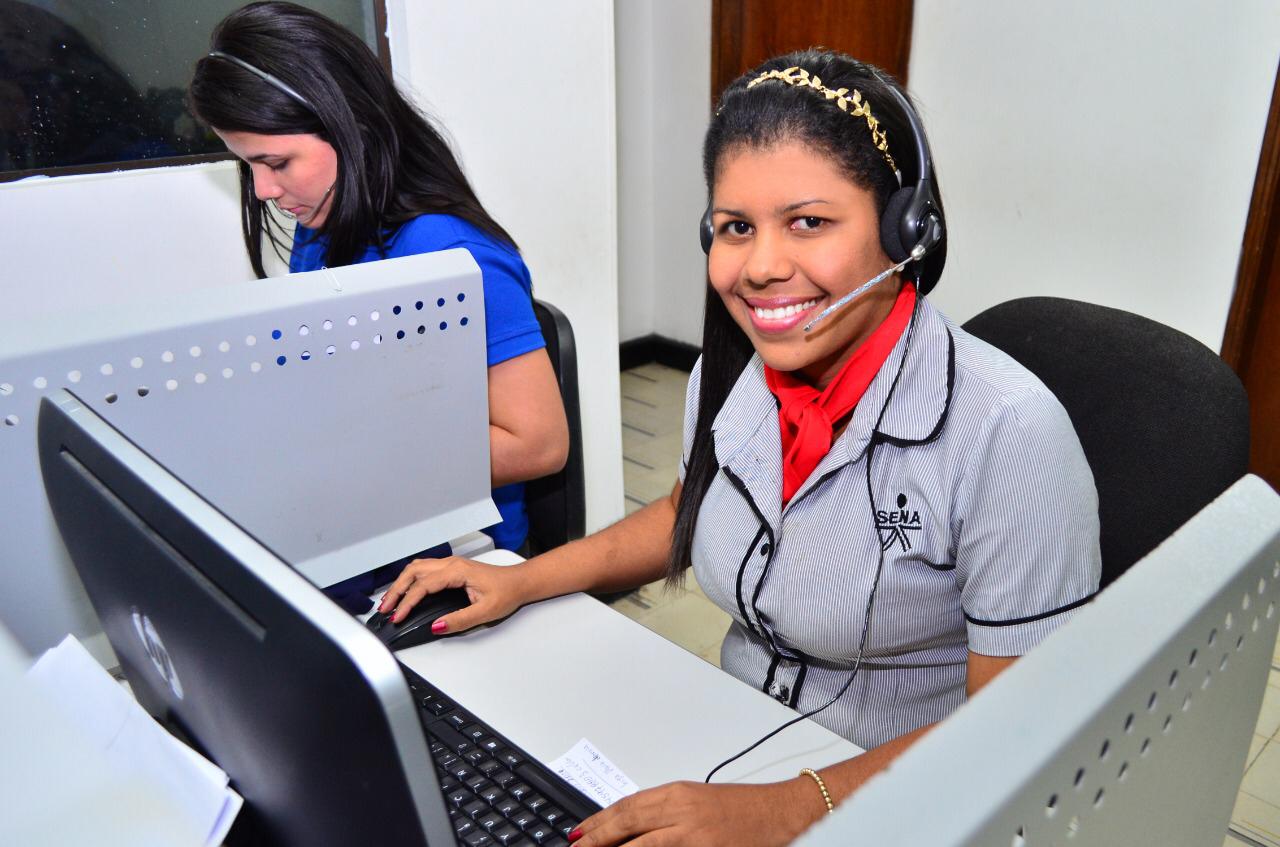The soil is a living resource that houses more than 25% of the biodiversity of our planet. It is estimated that only 1% of soil microorganism species are currently known compared to 80% of plant species. Organisms help the soil store carbon and can break down certain pollutants.
Up to 90% of living organisms live or spend part of their life cycle in soils. These are some of the concepts disseminated by the FAO (Food and Agriculture Organization of the United Nations) within the framework of World Soil Day, which is celebrated on December 5, with the slogan “Let’s keep the soil alive, let’s protect its biodiversity ”.
As a member of the World Soil Alliance of this international organization, Fertilizar, an entity whose objective is to promote the responsible use of crop fertilization, joined its global campaign on the importance of the preservation of this natural resource, one of the main objectives work of the civil association locally.
Soils provide ecosystem services that support life on Earth. Its functions are cultural heritage; food supply; fibers and fuels; supply of building materials; basis for human infrastructures; source of pharmaceutical products and generic resources; flood regulation; carbon sequestration; habitat for organisms; nutrient cycle; climate regulation; water purification and reduction of soil pollutants, noted from the FAO.
This year, the global campaign promoted by the international organization has the slogan “Let’s keep the soil alive, protect its biodiversity.” Soil biodiversity has multiple benefits, he argues, as it supports nutrient cycling, plant growth, and productivity; forms the soil and improves its structure; it is a source of medicines and supports human health; helps to remedy soil contamination; improves water retention and purification; helps mitigate and adapt to climate change; maintains and restores ecosystems and improves resistance against pests and diseases.
Some of the drivers of soil biodiversity loss are land use change; pollution; the forest fires; land degradation; invasive species; climate change; land sealing and urbanization; the loss of surface biodiversity and unsustainable soil management practices.
What can be done to stop the loss of soil biodiversity? Among some of the actions, FAO mentions the following: to grow greener cities and live sustainably; invest in research; knowledge and innovation of soil biodiversity; sensitize and advocate for living soils; manage soil resources sustainably and reduce, reuse and recycle.
Soil and production
Another key aspect of the soil is its role in the production of food, since it comes from the soil. However, according to the FAO, 33% of the world’s soil is degraded, considering that it takes up to 1,000 years to generate between 2 and 3 cm. of soil.
Soil degradation leads to the loss of micro and macronutrients from the soil. Nutrient-poor soils are unable to produce healthy food with all the nutrients necessary for a healthy person. In the world, more than 2 billion people suffer from micronutrient deficiencies. That is why sustainable soil management is important to achieve healthy soils, healthy food and healthy people. This can be achieved by reducing erosion; crop rotation; ground surface coverage; the reduction of tillage and the increase of the organic matter content of the soil.
Plants nurture a world of creatures in the ground, which in turn feed and protect the plants themselves. This diverse community of living organisms keeps the soil healthy and fertile. This vast world constitutes the biodiversity of the soil.
“At Fertilizar we conceive of soil care as one of our main lines of work, so, by promoting adequate fertilization of crops, the replacement of nutrients and good management practices, we collaborate with the preservation of this resource , which is the main factor for sustainable food production. As members of the FAO World Soil Alliance, we adhere to and are collaborating in the dissemination of these concepts that are so important for agriculture and for the whole of society ”, commented María Fernanda González Sanjuan, executive manager of Fertilizar Asociación Civil.
–


